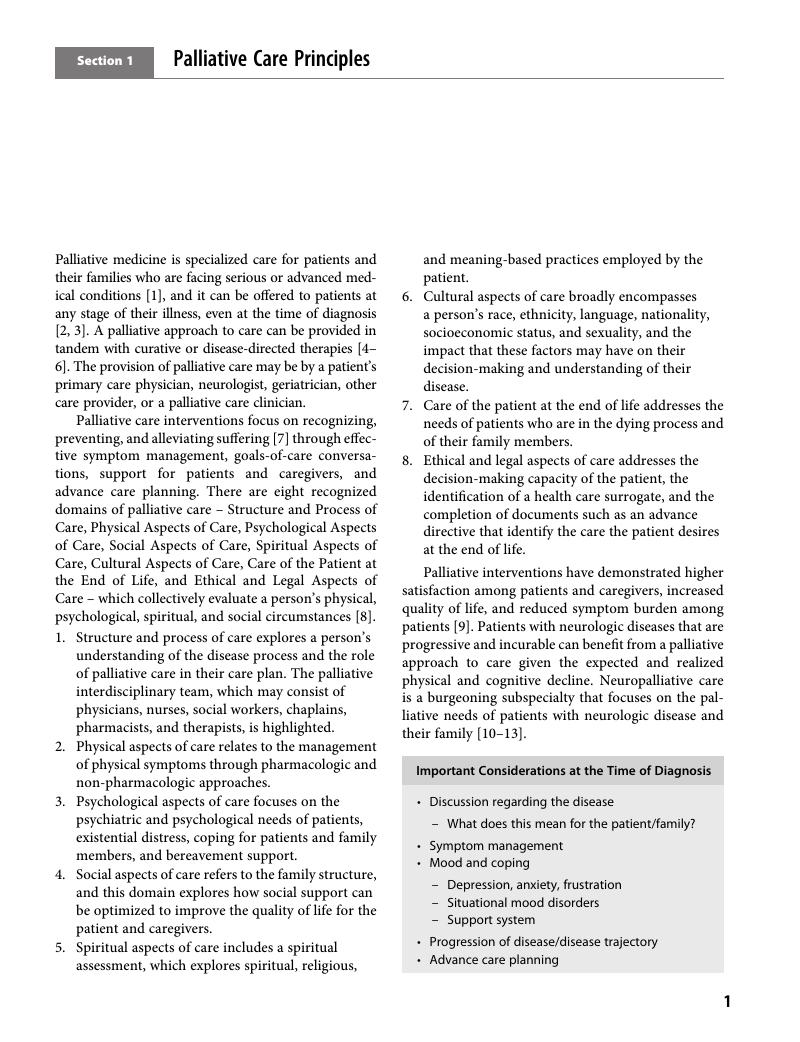Book contents
- Case Studies in Neuropalliative Care
- Case Studies in Neuropalliative Care
- Copyright page
- Contents
- Contributors
- Section 1 Palliative Care Principles
- Section 2 Cerebrovascular Diseases
- Section 3 Neurodegenerative and Neuromuscular Diseases
- Section 4 Neuro-oncology
- Section 5 Pediatric Neurology
- Section 6 Demyelinating Diseases and Autoimmune Neurology
- Index
- References
Section 1 - Palliative Care Principles
Published online by Cambridge University Press: 08 June 2018
- Case Studies in Neuropalliative Care
- Case Studies in Neuropalliative Care
- Copyright page
- Contents
- Contributors
- Section 1 Palliative Care Principles
- Section 2 Cerebrovascular Diseases
- Section 3 Neurodegenerative and Neuromuscular Diseases
- Section 4 Neuro-oncology
- Section 5 Pediatric Neurology
- Section 6 Demyelinating Diseases and Autoimmune Neurology
- Index
- References
Summary

- Type
- Chapter
- Information
- Case Studies in Neuropalliative Care , pp. 1 - 46Publisher: Cambridge University PressPrint publication year: 2018



